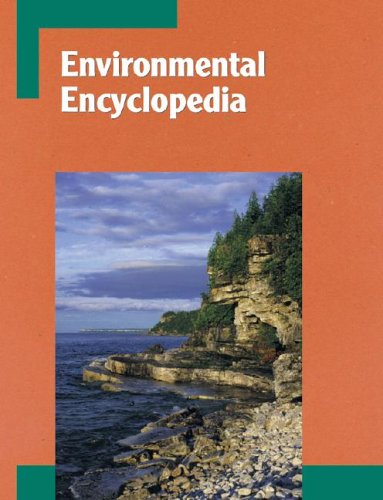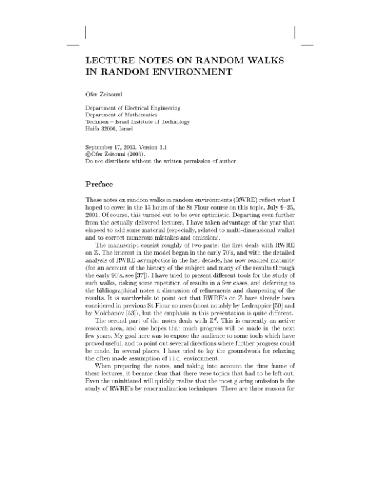Gordon W. Frankie, Alfonso Mata, S. Bradleigh Vinson9780520223097, 9781417520442, 0520223098, 0520241037, 9780520241039
Table of contents :
PREFACE……Page 8
1. Introduction……Page 12
2. Flowering Phenology and Pollination Systems Diversity in the Seasonal Dry Forest……Page 28
3. Breeding Structure of Neotropical Dry-Forest Tree Species in Fragmented Landscapes……Page 41
4. Impact of Global Changes on the Reproductive Biology of Trees in Tropical Dry Forests……Page 49
5. Tropical Dry-Forest Mammals of Palo Verde……Page 59
6. The Conservation Values of Bees and Ants in the Costa Rican Dry Forest……Page 78
7. Ecology of Dry-Forest Wildland Insects in the Area de Conservación Guanacaste……Page 91
8. Diversity, Migration, and Conservation of Butterflies in Northern Costa Rica……Page 110
9. Watershed Ecology and Conservation……Page 126
10. Where the Dry Forest Feeds the Sea……Page 137
11. Mangrove Forests under Dry Seasonal Climates in Costa Rica……Page 147
12. Geographical Distribution, Ecology, and Conservation Status of Costa Rican Dry-Forest Avifauna……Page 158
13. An Ultrasonically Silent Night……Page 171
14. Biodiversity and Conservation of Mesoamerican Dry-Forest Herpetofauna……Page 188
15. Parque Marino Las Baulas……Page 205
16. Prospects for Circa Situm Tree Conservation in Mesoamerican Dry-Forest Agro-Ecosystems……Page 221
17. Biodiversity Inventories in Costa Rica and Their Application to Conservation……Page 240
18. Conflict Resolution……Page 248
19. Conservation and Environmental Education in Rural Northwestern Costa Rica……Page 258
20. The Media and Biodiversity Conservation……Page 268
21. Threats to the Conservation of Tropical Dry Forest in Costa Rica……Page 277
22. Environmental Law of Costa Rica……Page 292
23. Dispute over the Protection of the Environment in Costa Rica……Page 300
24. The Policy Context for Conservation in Costa Rica……Page 310
25. Conclusion and Recommendations……Page 322
CONTRIBUTORS……Page 336
INDEX……Page 338







Reviews
There are no reviews yet.